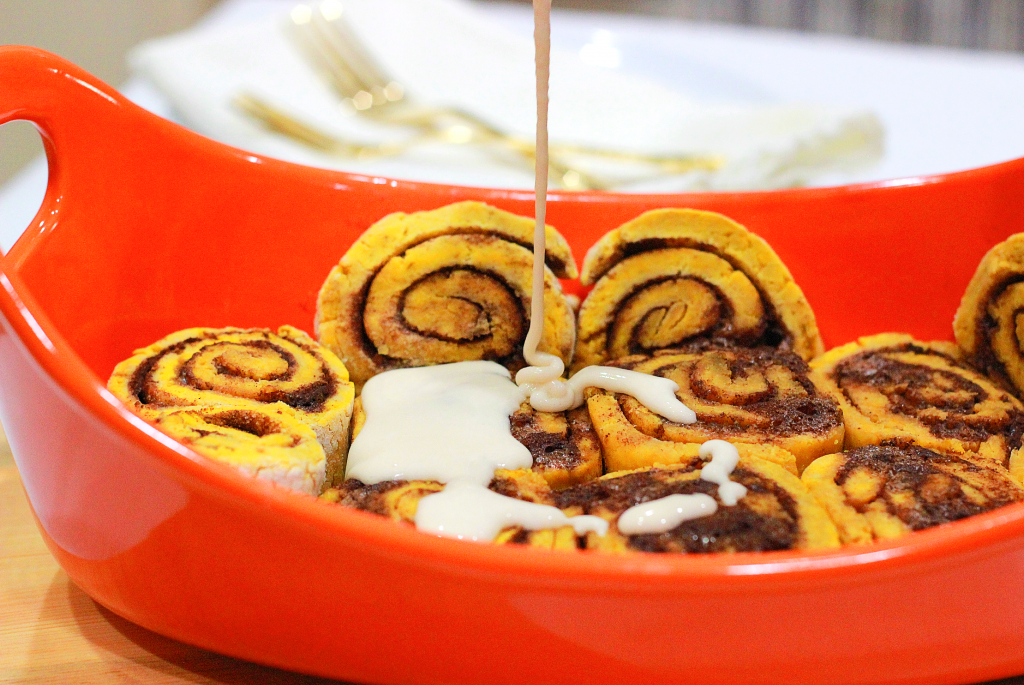How to Make Perfect Pastry
Pastry is one of the most versatile foods there is. You can buy it ready-made but it’s handy to know how to make your own. Whether you're making a traditional pastry, or one with an alternative flour, making pastry takes a bit of practice but it’s well worth the effort. Here are some tips to make the perfect pastry!
The Basics of Pastry
Pastry is just a combination of flour, fat, and liquid. You can buy pastry flour but it’s very rarely necessary. Rougher pastries can be made with many different kinds of flour, even cornmeal. Finer ones are often made with strong white flour. The fat is usually butter and the liquid is usually water. Sometimes oil is used instead of butter and milk instead of (or as well as) water.
The most common form of pastry is shortcrust pastry. This is very easy to learn to make at home. The other main forms of pastry are puff pastry, flakey pastry, rough puff pastry, filo pastry, choux pastry, and hot water crust pastry.
These are more complex and hence take a lot more time to learn to make. You can, however, learn to use them fairly easily. For example, if you’ve been eyeing up a profiteroles recipe with vanilla pastry cream don’t let the pastry scare you off. Just buy it ready-made until you’re ready to make your own.
The Basics of Pastry-Making
There are three keys to making any kind of pastry.
- Always sieve the flour: No matter how fine you think your flour is, never skip this step. Even tiny lumps can ruin the end result. For completeness, it’s fine for some pastries to have a rough texture. This can even be desirable. They should not, however, be lumpy.
- Always use soft butter: For rougher pastries, like shortcrust, just use butter that’s had the chill taken off it so it mixes easily. For finer pastries, you actually need to melt the butter. Again, this is all about ensuring smoothness. Essentially rougher pastries form doughs, finer ones form pastes or even thick creams.
- Add the liquid gently: With shortcrust pastry, you do have a bit of room for error. If you add a bit too much liquid, you can balance it with some more flour and vice versa. That said, even with shortcrust pastry, you need to keep this within reasonable limits. The reason for this is that you need to keep the correct ratio of flour, fat, and liquid.
Advanced pastry making
There are two secrets to making the very best pastry. The first is to keep everything cool while you’re working but make sure your oven is preheated before you put the pastry in to cook. Ideally, put a baking tray in the oven while it’s preheating. Then put your pastry on top of the baking sheet. The second is to work quickly but make sure that your pastry has ample time to rest.
If you’re seriously into making pastry then it can be worth investing in a marble rolling board and rolling pin. These both help to keep the pastry cool while it’s being worked. Speed just comes with practice. Remember, however, to start out slowly so you learn the correct technique. Then work on your speed.
What to Make with Pastry?
Now that you know how to make the perfect pastry, what should you make with it?
I love this easy Broccoli Quiche with an Almond Flour Crust.
These Gluten Free Pumpkin Cinnamon Rolls are a family favorite!
I also love this easy Apple Crumble pie from my e-book, the Busy Mom's Guide to Thanksgiving!
Love these recipes? Sign up for my email list to get more recipes like this straight to your inbox!






